The dark Rome of the ?80s told by the shots of Dino Ignani
The dark Rome of the 1980s lives again in an exhibition scheduled from September 11 to November 10, 2024 at the Museo di Roma in Trastevere. Entitled 80’s Dark Rome , the exhibition dedicated to the shots of photographer Dino Ignani (Rome, 1950), who immortalized the Roman dark scene of the 1980s. Curated by Matteo Di Castro and promoted by Roma Capitale in collaboration with the Sovrintendenza Capitolina ai Beni Culturali, the exhibition offers the public a privileged look at a nocturnal, vibrant and underground world that marked the cultural life of the capital during that decade.
The core of the exhibition consists of photographs from the Dark Portraits cycle, with which Ignani portrayed the young frequenters of the Roman dark scene. This cultural movement, which emerged immediately after thepunk era, was not limited to a musical trend but involved a precise aesthetic expressed mainly through clothing and style. Black thus became the symbolic color of a nonconformist identity and a search for individual expression that manifested itself in the capital’s video bars, discos and clubs. Ignani’s photographs, mostly in black and white, capture the essence of this cultural phenomenon, mixing the care of formal portraiture with a spontaneous documentation of nightlife. In Rome’s historic clubs, Ignani would set up real photographic sets, where boys and girls would pose, allowing the photographer to capture details of style and personality. These rigorous yet playful portraits are part of an archive of more than 500 images, from which 200 photographs were selected for the exhibition.
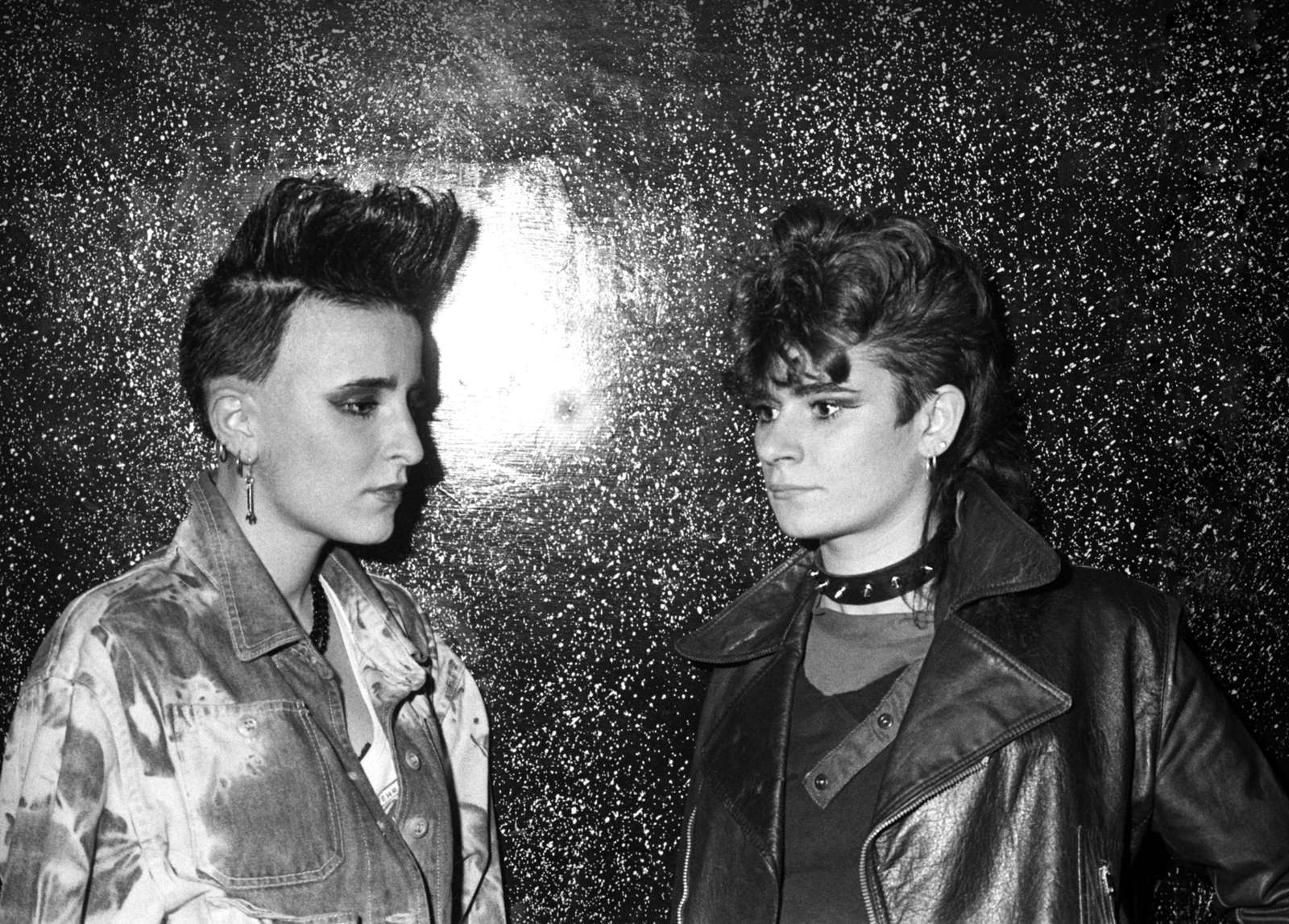
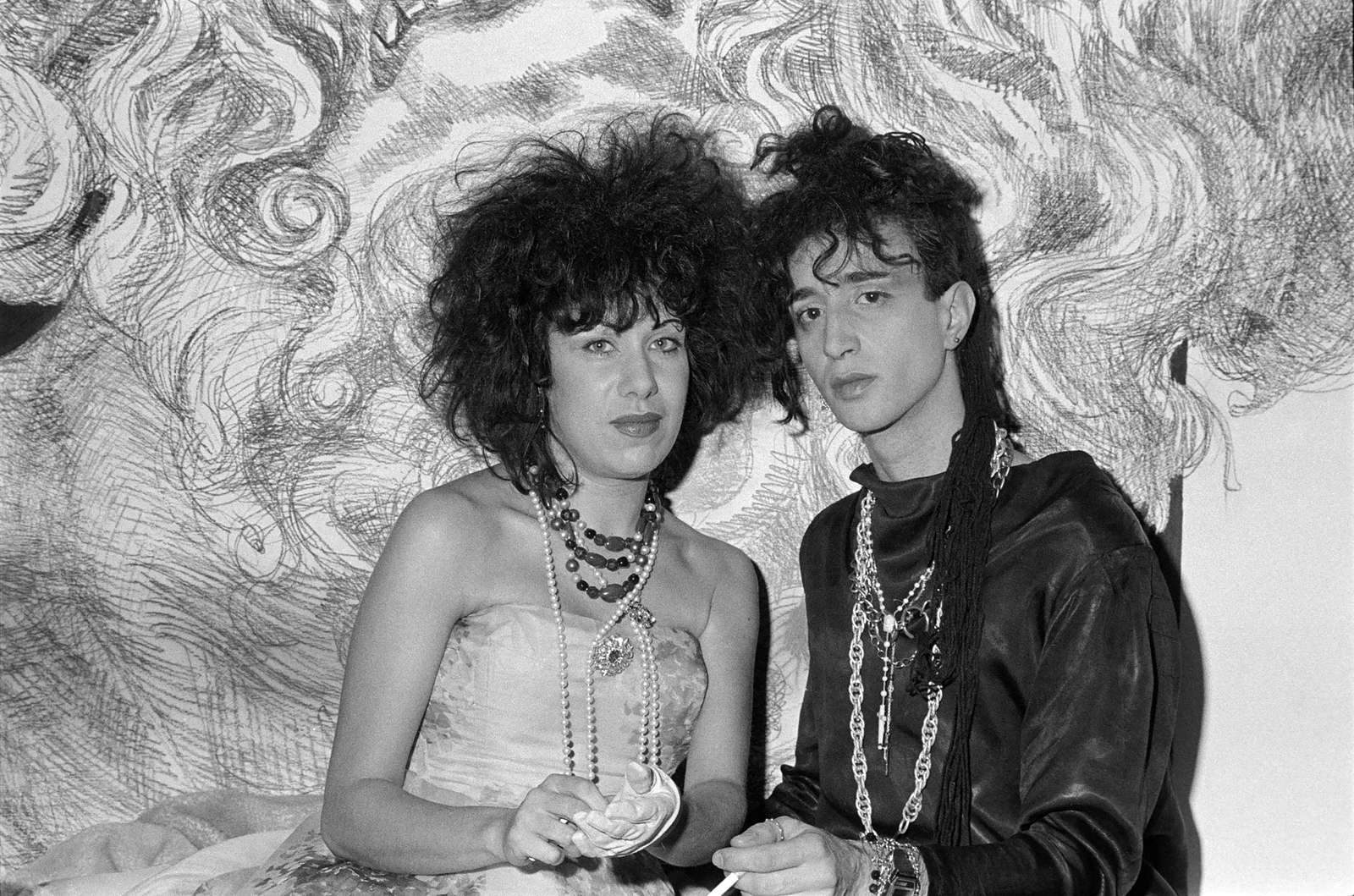
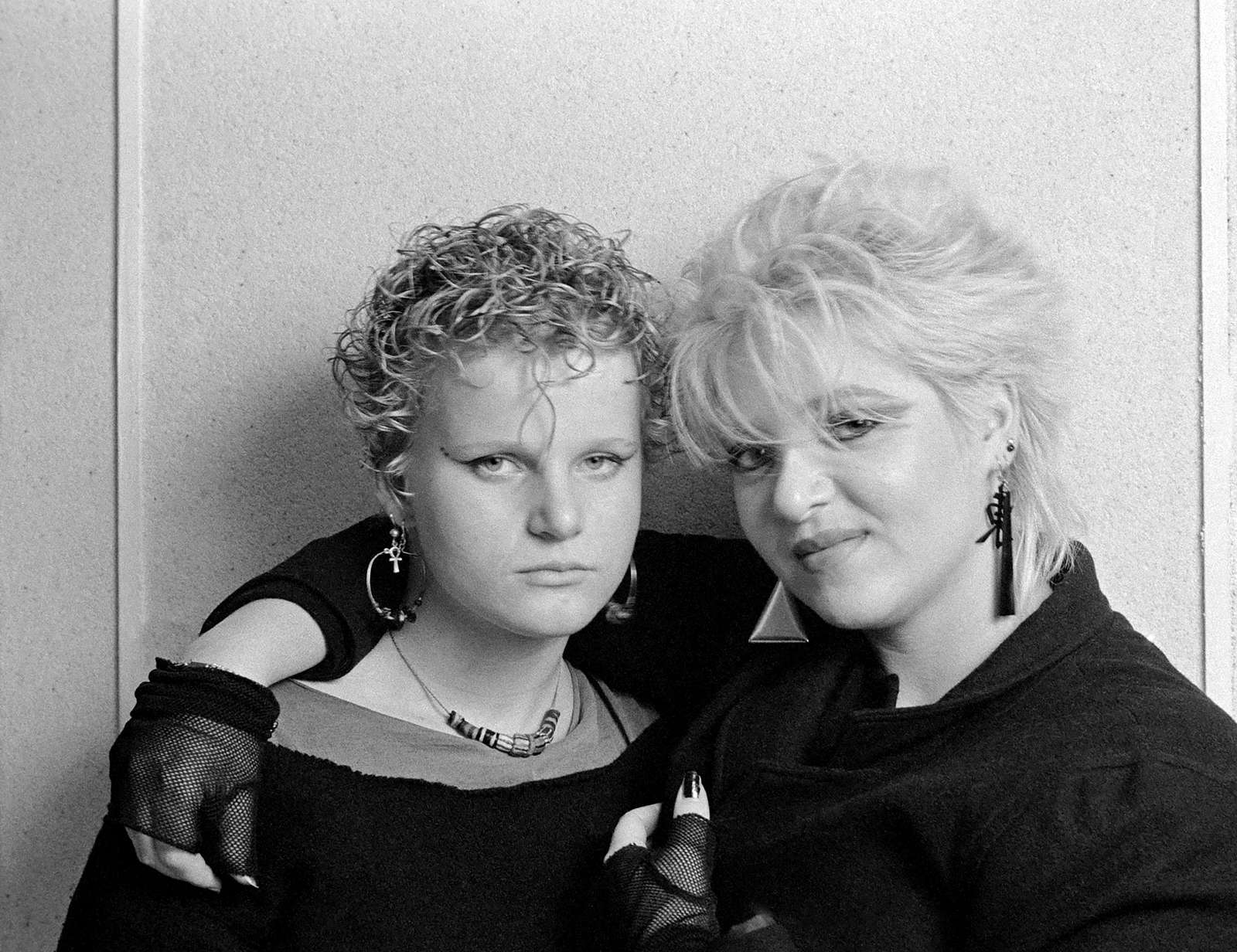
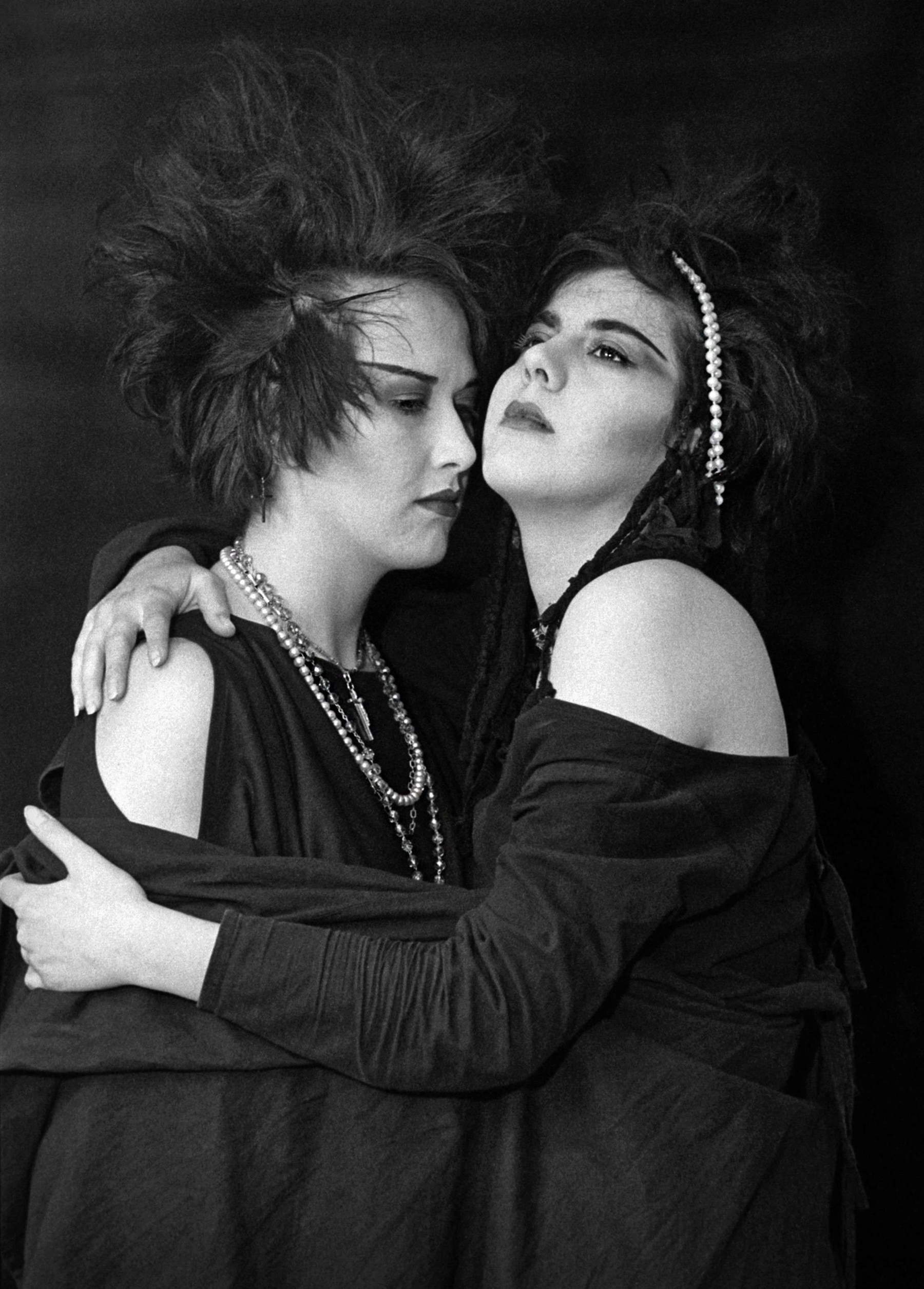
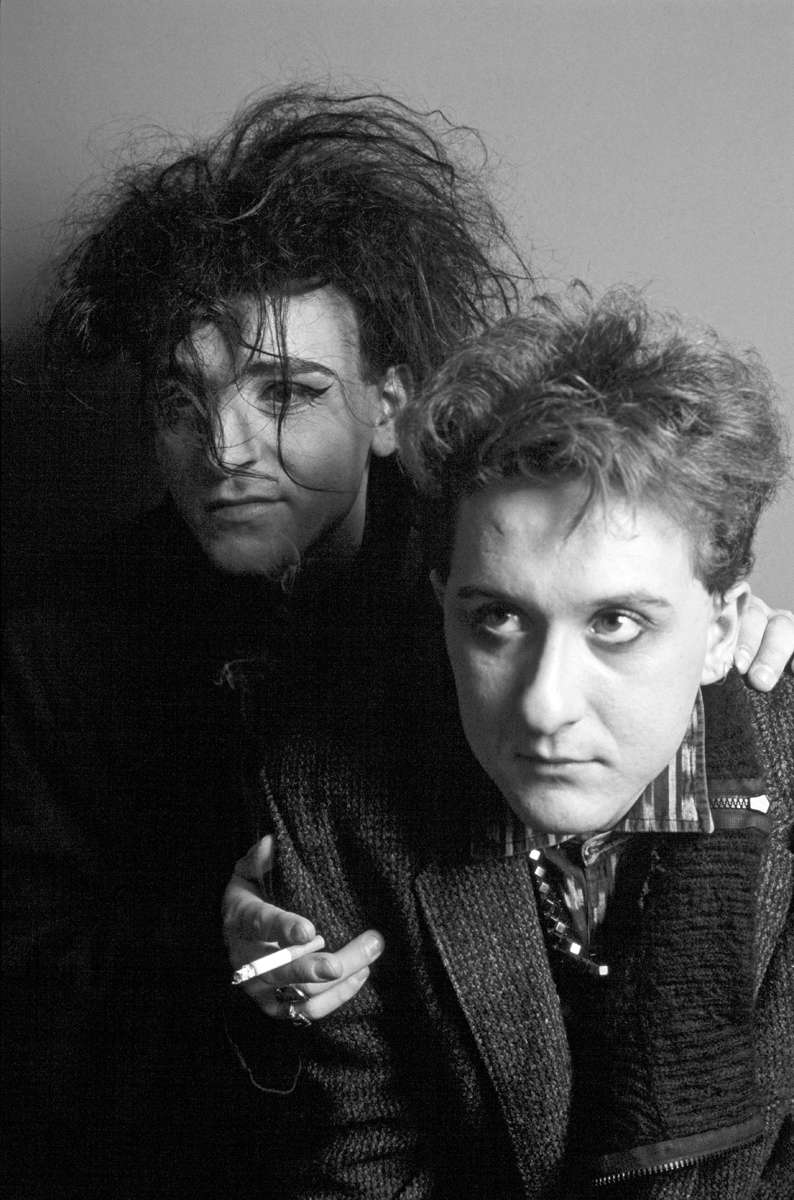
In addition to the Dark Portraits, the exhibition also includes other works Ignani made during the same years, again related to his exploration of a nocturnal and peripheral Rome. Prominent among them are portraits of poets and artists who lived in Rome in those years, such as Dario Bellezza, Patrizia Cavalli, Amelia Rosselli and Valentino Zeichen. Ignani, who followed the capital’s cultural scene closely (he was present, if only as a spectator, at the celebrated International Festival of Poets held in 1979 at Castelporziano), immortalized well-known faces of literature and poetry, juxtaposing them with those of the protagonists of the underground scene. The exhibition thus offers a glimpse into two parallel worlds: on the one hand, the young people of the dark subculture, in search of an identity outside the conventional schemes; on the other hand, intellectuals and poets who traversed Rome’s cultural life with their artistic research. Prominent among the faces portrayed by Ignani is that of Porpora Marcasciano, now a historical figure in the LGBTQ movement and activist, who in the 1980s was still a young painter and university student. Another character immortalized is the American musician and singer Diamanda Galás, famous for her provocative and experimental style, portrayed by Ignani in 1985 at a concert in Rome. This plurality of faces and stories makes the exhibition a journey into the Rome of the 1980s, a city where art, culture and identity were mingling in unprecedented and surprising ways.
The Dark Portraits project received an important recognition in 2022 with the victory of the PAC (Plan for Contemporary Art) call, promoted by the General Directorate for Contemporary Creativity of the Ministry of Culture. This enabled the acquisition of the works in the permanent collections of the Capitoline Superintendence of Roma Capitale, offering a further sign of the historical and artistic value of Ignani’s work. The exhibition will be accompanied by the publication of the volume Dark Rome 1982-1985, published by Viaindustriae and edited by Matteo Di Castro, which collects critical texts by Daniela Amenta, Diego Mormorio and Emanuele De Donno, along with an interview with Dino Ignani. The book is a further insight into the photographer’s work, allowing the public to better understand the context and poetics of his works.
Dino Ignani, born in Rome in 1950, began his photographic career in the mid-1970s, focusing on documenting the city’s artistic and cultural scene. He has shown his work in numerous exhibitions in Italy and abroad, and his project on portraits of Italian poets, begun in 1982, is now part of the collections of MUFOCO (Museum of Contemporary Photography) and the National Central Library in Rome. In the same years in which he was photographing poets and intellectuals, Ignani started the project Dark Portraits, dedicated to the dark subculture, first exhibited at Palazzo Braschi in 1985. These works, which combine an aesthetic typical of fashion photography with a strong documentary sense, were rediscovered in 2013 thanks to an exhibition at the s.t. photo library gallery in Rome, rekindling interest in the period and the artist’s photographic archive. In summer 2022, the Museo Marino Marini in Florence will in fact produce and host a new exhibition combining Roman portraits in black and white with those in color executed by Ignani in Florence: Dark Portraits. Rome/Florence 1982-1985.
The exhibition is open Tuesday through Sunday, 10 a.m.-8 p.m., last entry one hour before closing. Tickets: full 12 euros, reduced 9.50.
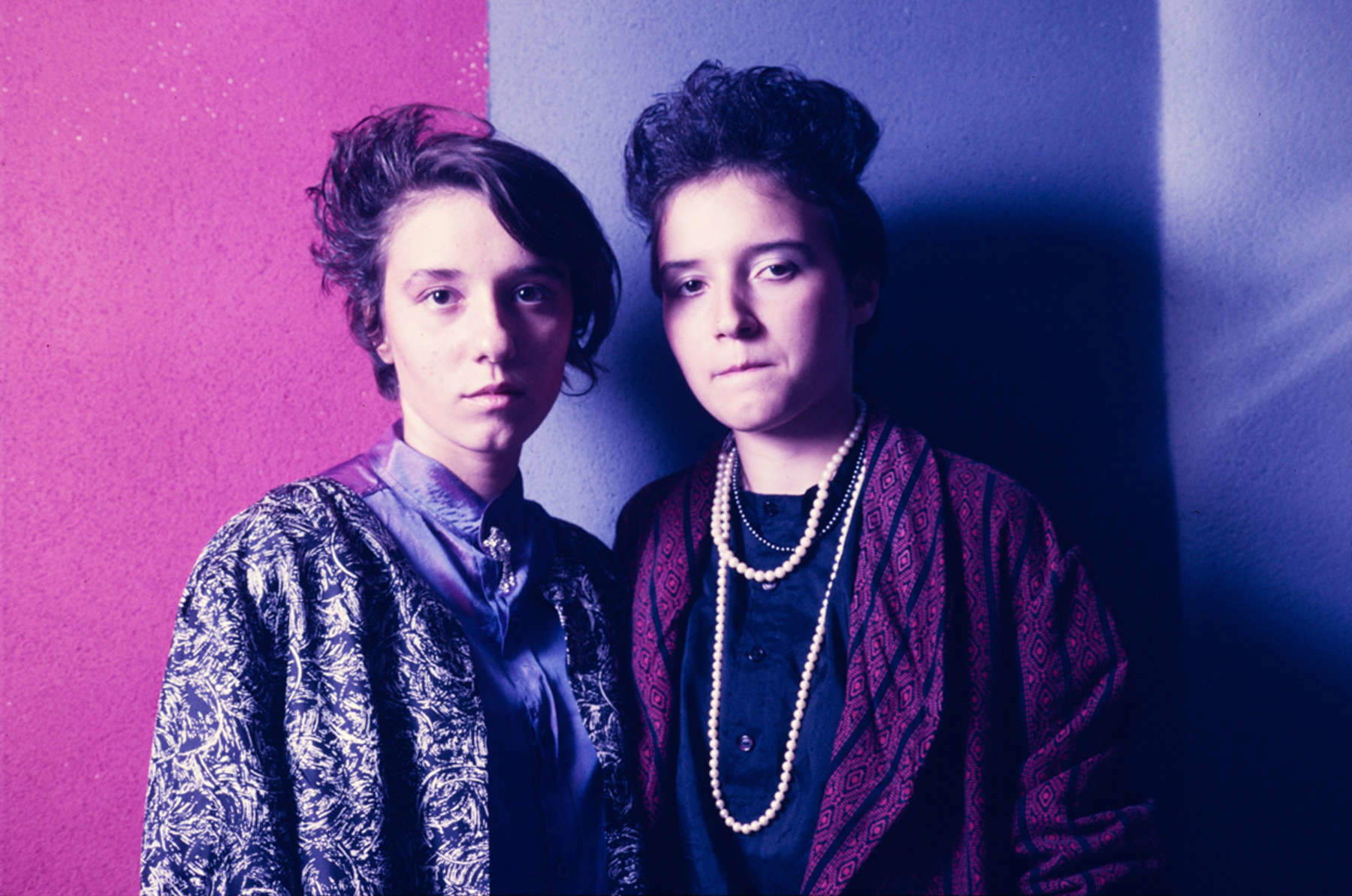
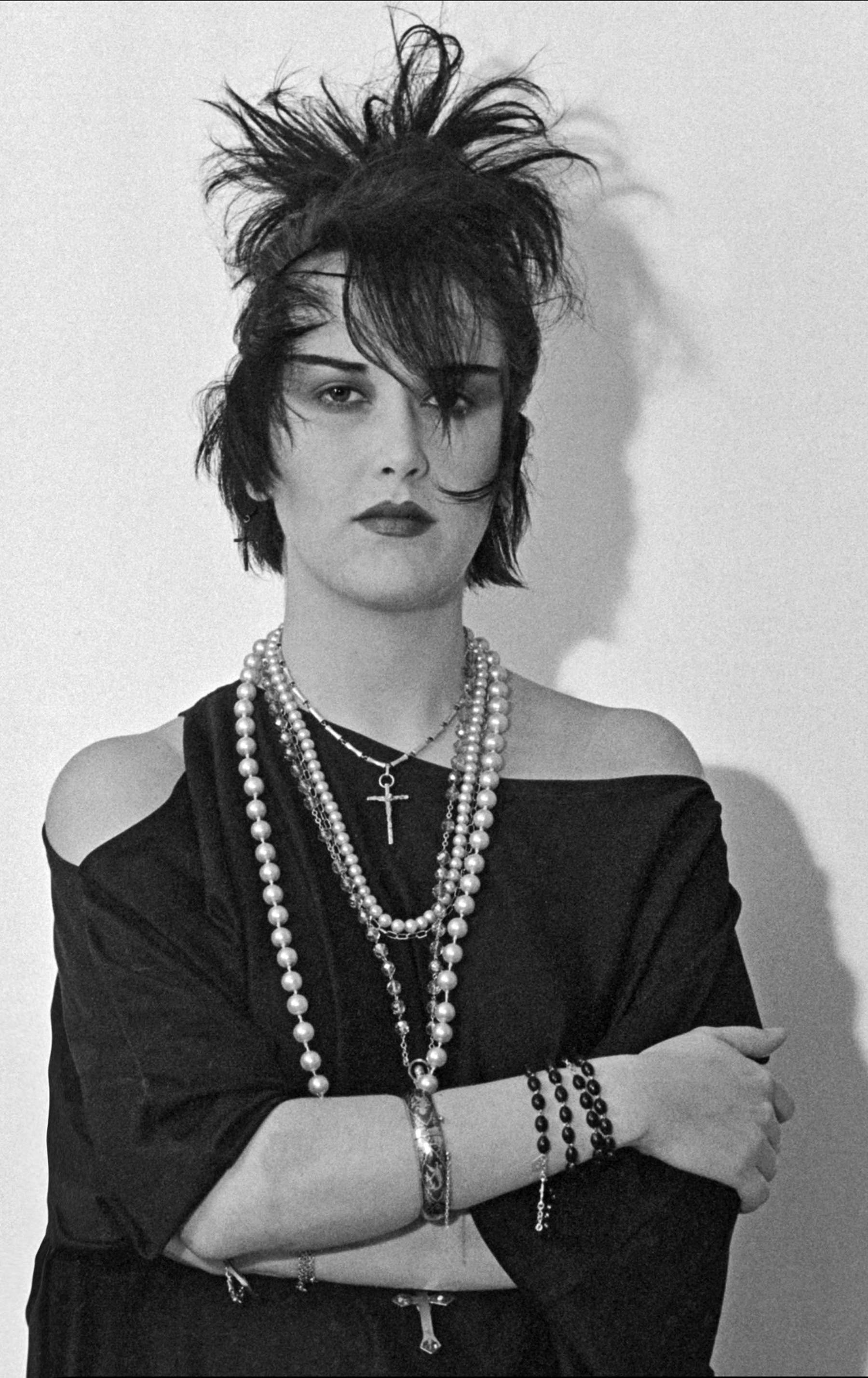
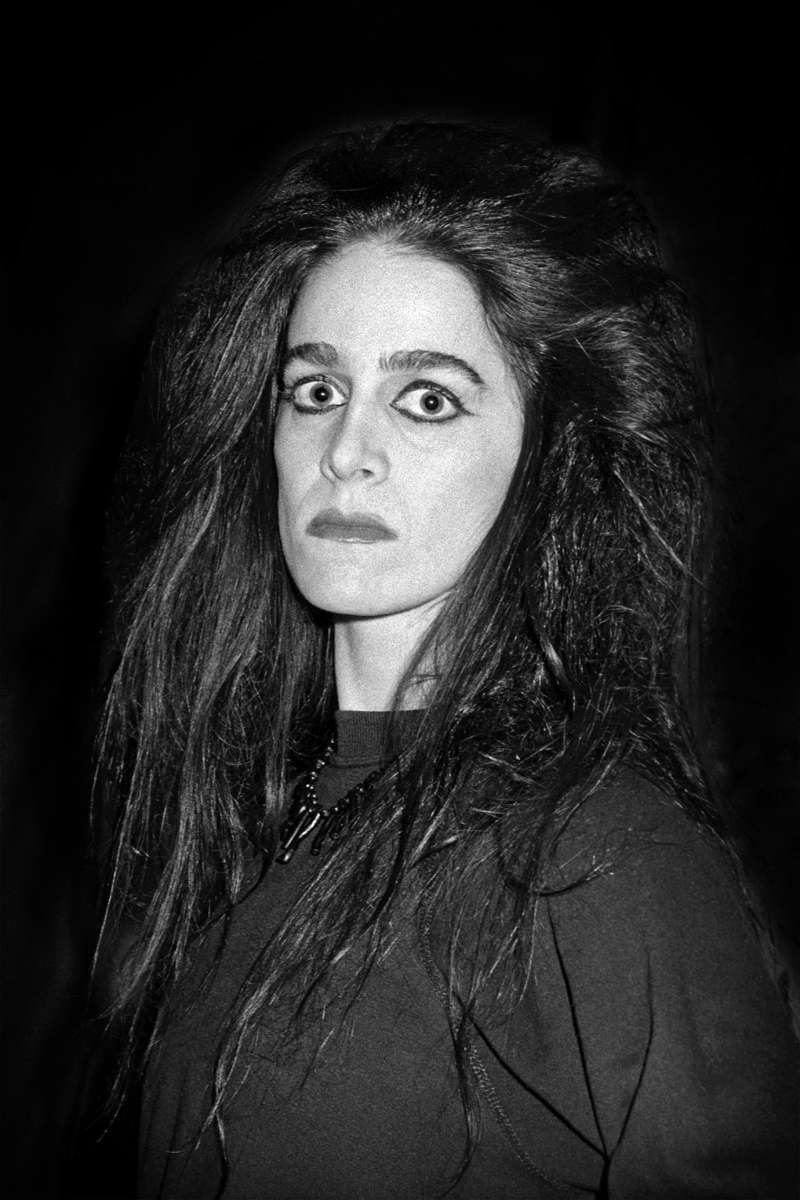
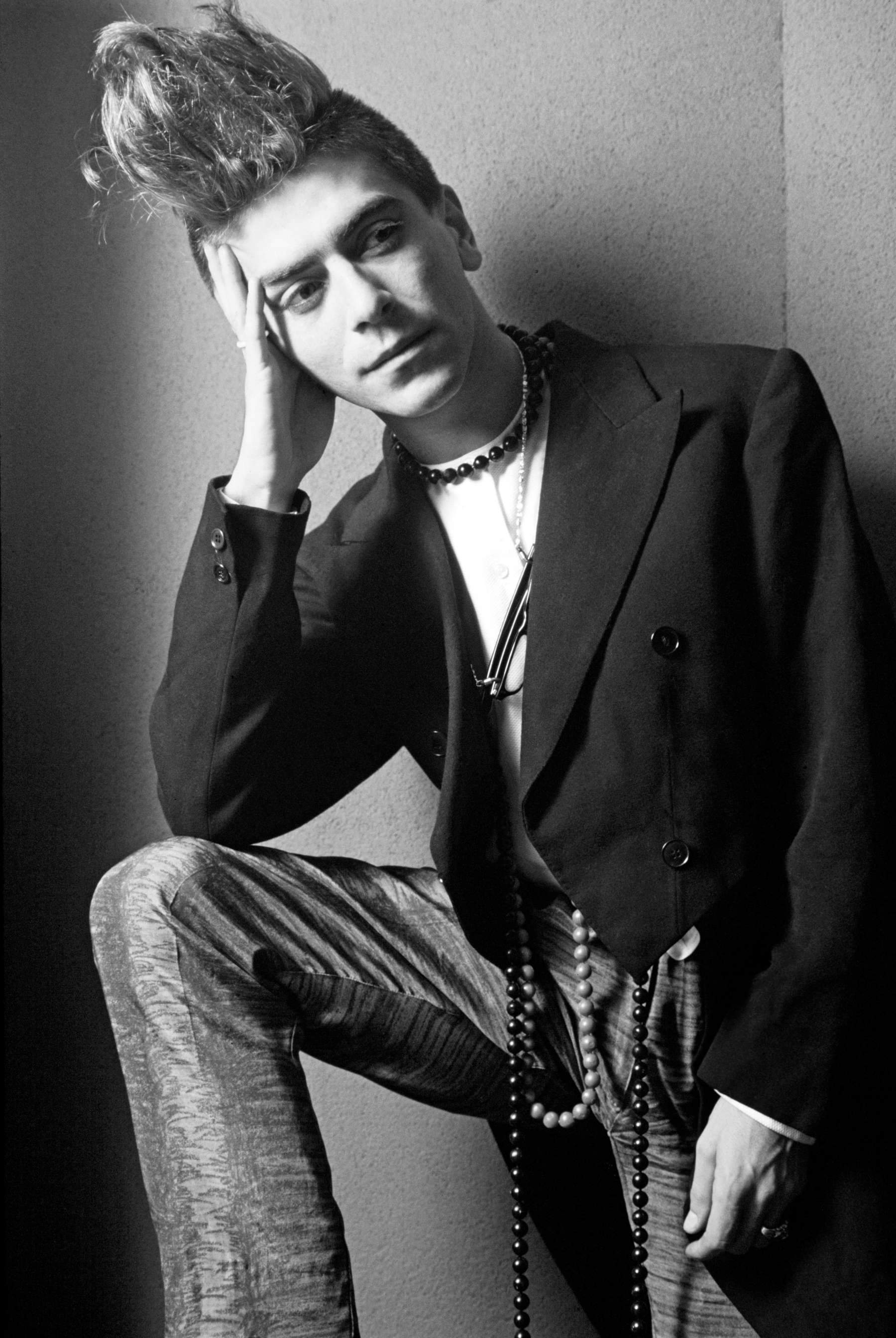
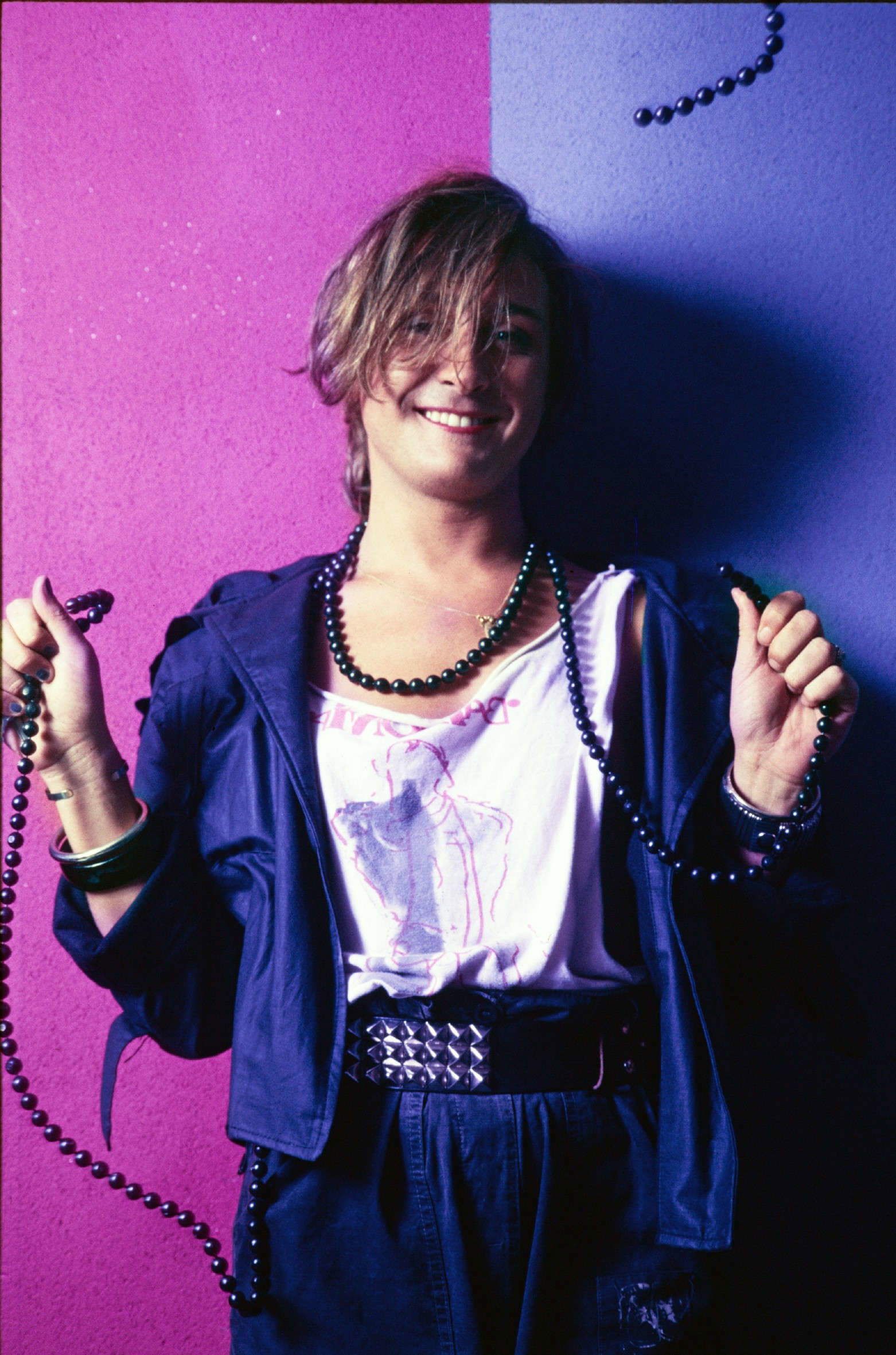
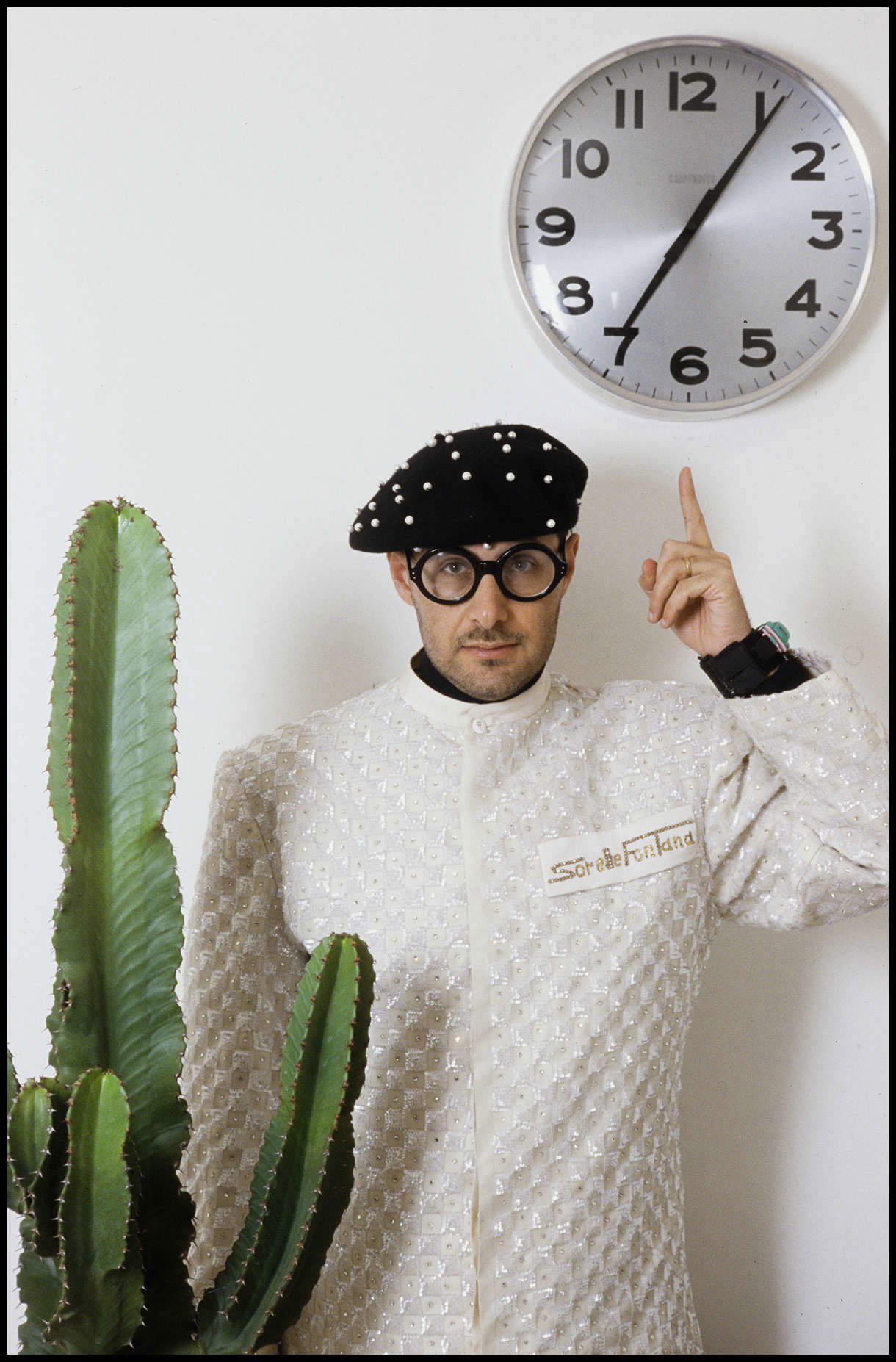
 |
| The dark Rome of the ?80s told by the shots of Dino Ignani |
Warning: the translation into English of the original Italian article was created using automatic tools. We undertake to review all articles, but we do not guarantee the total absence of inaccuracies in the translation due to the program. You can find the original by clicking on the ITA button. If you find any mistake,please contact us.




























